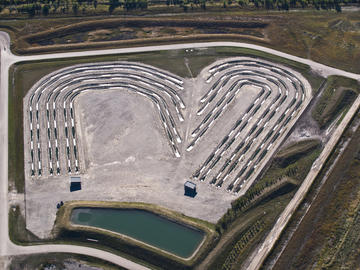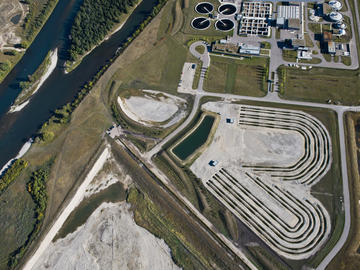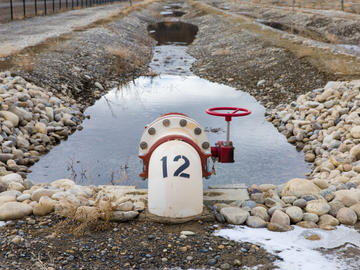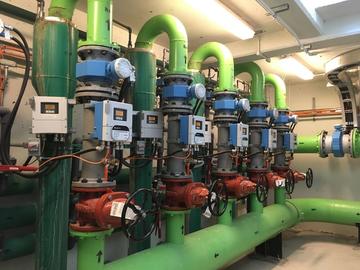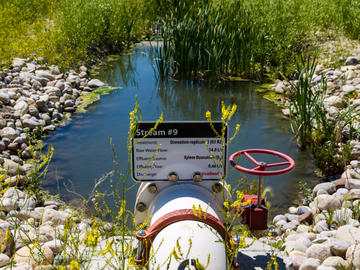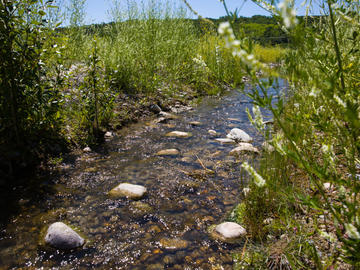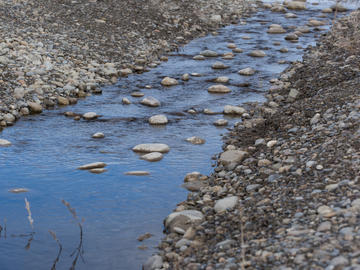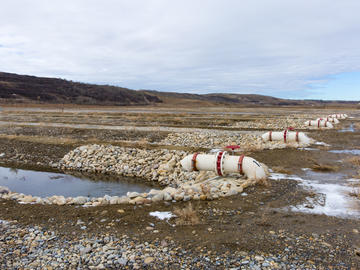Experimental streams
ACWA's unique experimental streams replicate real-life water situations and enable research that can't be happen anywhere else in the world.
ACWA’s 12 replicate, naturalized research streams are embedded in the natural environment and receive effluent from:
- The ACWA Research Plant, and/or
- The City of Calgary Pine Creek WWTP
The streams allow researchers to quantify the impacts of wastewater effluents on the aquatic ecosystems of the receiving waters. The research streams are designed using hydraulic parameters that mimic natural prairie streams and include complete food webs, from biofilms to benthic invertebrates to fish.
Features
- Each stream is approximately 320 metres in length and consists of a series of pools and riffles. Pools are 20 metres in length followed by 10 metres of riffle
- During normal operations each stream receives 14 L/s of Bow River water
- Retention time in each stream is in the order of 11 hours
- Streams are hydraulically isolated from each other and the surrounding groundwater aquifer
- Discharge from up to 6 streams can be diverted to the headworks of The City of Calgary Pine Creek WWTP for treatment, allowing the introduction of effluent from the ACWA Research Plant, or the injection of additional chemicals and micro-organisms into these streams
- Up to 25% of the flow can be effluent from The City of Calgary Pine Creek WWTP, the ACWA Research WWTF, or a mixture of the two effluents
- A head pond with capacity for 5,800 m3 allows for flushing flows up to 10 times normal flow for a duration of 2 hours in a single channel. Flushing flows simulates high flow (flooding) events
- Research streams operate year round to accommodate the over-wintering of benthic organism


